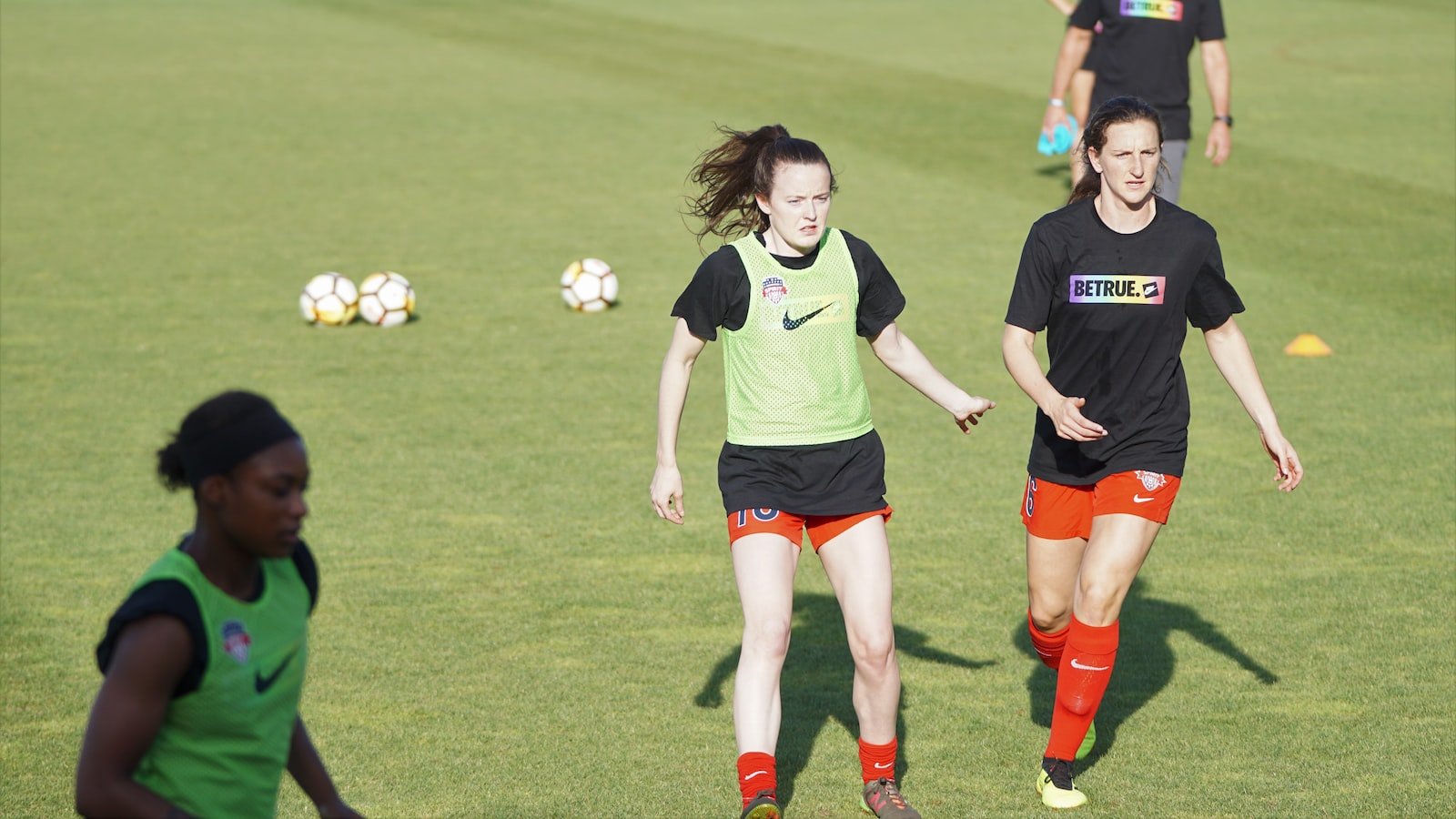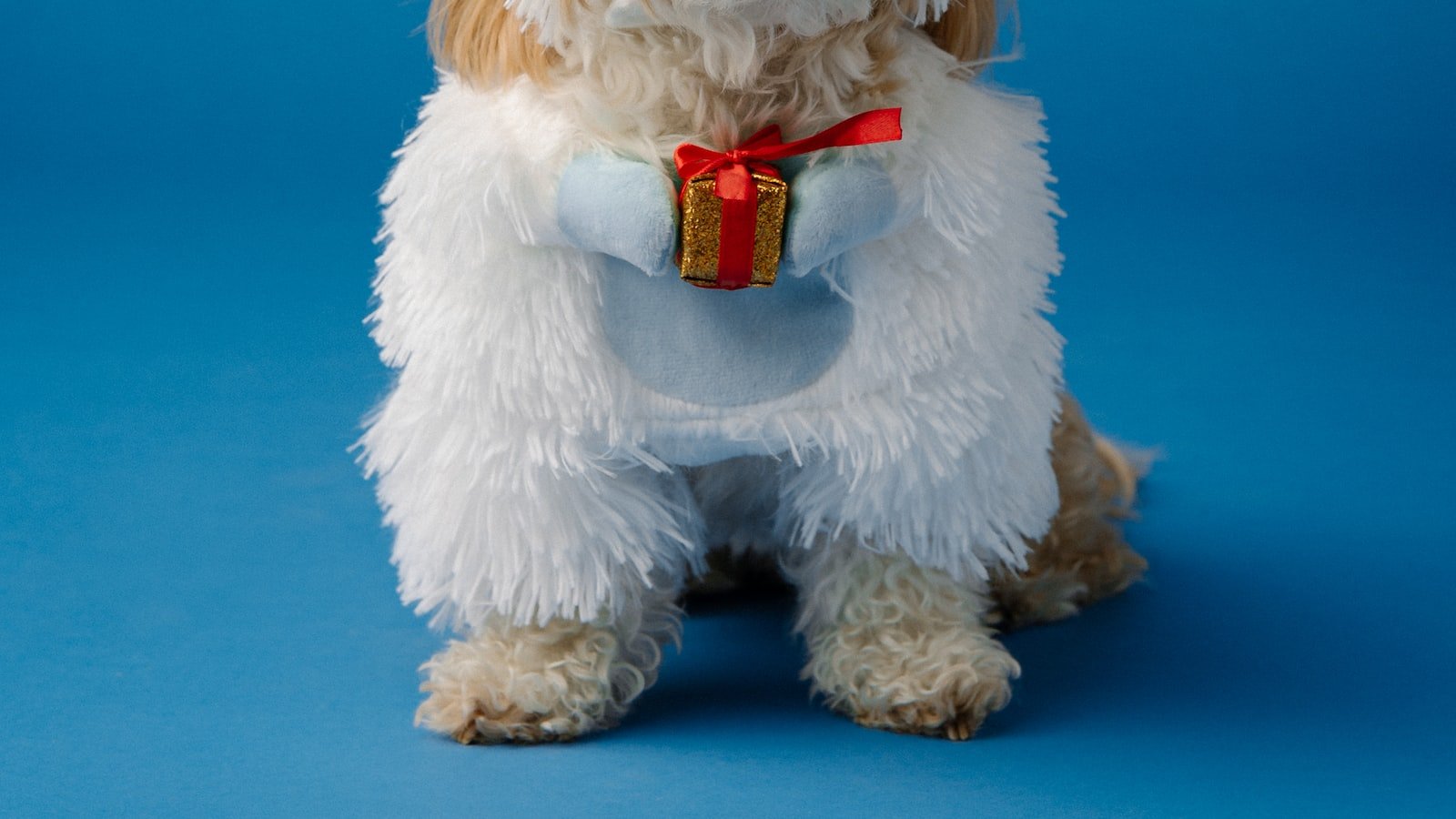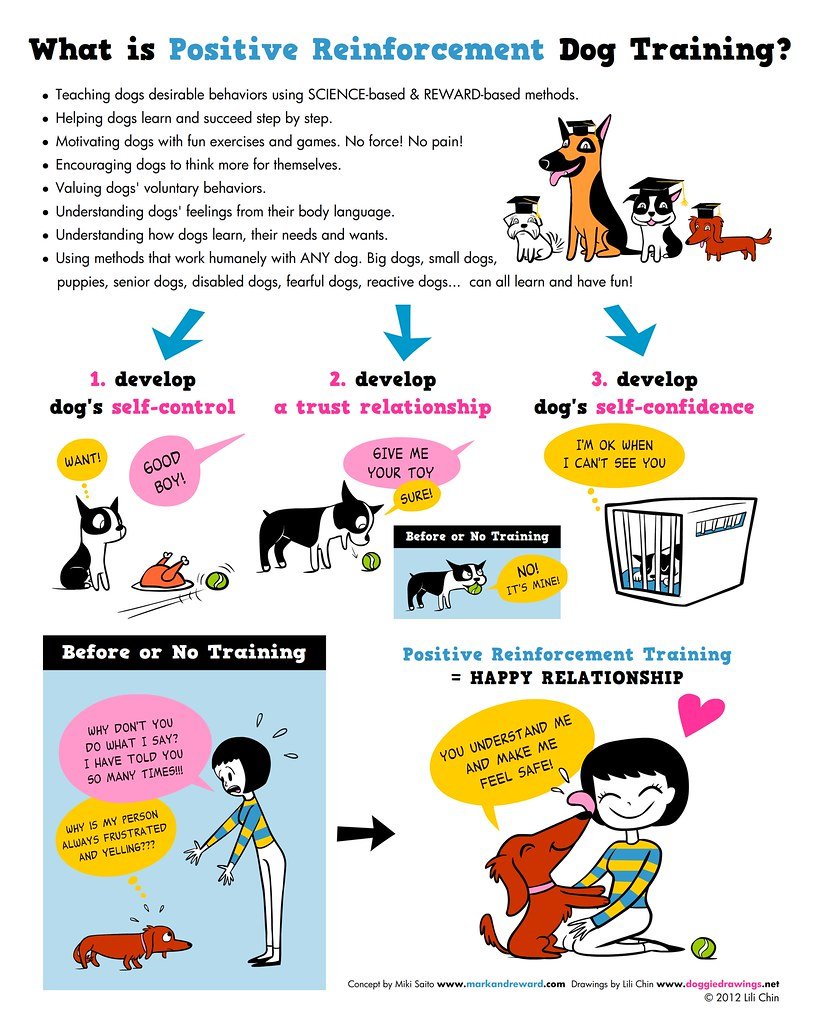Who can resist the sight of a mischievous, wiggly puppy, wagging its tail in delight at the prospect of exploring the world? Bringing a furry bundle of joy into your home is undoubtedly a thrilling experience, but it comes with its fair share of challenges. One of the most crucial aspects of puppy parenthood is training, where positive reinforcement proves to be the golden ticket. By harnessing the power of rewards and encouragement, this gentle and effective approach not only molds well-behaved furry companions but also fosters a strong bond between humans and their four-legged friends. In this article, we delve into the remarkable benefits of positive reinforcement in puppy training, unraveling the key secrets to nurturing a happy and obedient pup.
Table of Contents
- Uplifting the Training Experience: The Power of Positive Reinforcement
- Unlocking a Puppy’s Potential: How Positive Reinforcement Nurtures Growth
- Building Lasting Bonds: The Role of Positive Reinforcement in Strengthening Owner-Puppy Relationships
- Effective Techniques: Harnessing Positive Reinforcement for Optimal Puppy Training
- Implementing the Right Rewards: Tailoring Positive Reinforcement to Your Puppy’s Needs
- Q&A
- The Way Forward

Uplifting the Training Experience: The Power of Positive Reinforcement
When it comes to training, one can argue that positive reinforcement is one of the most effective techniques out there. Gone are the days of harsh criticism and punitive measures; instead, a new era of uplifting and empowering training is upon us. Positive reinforcement involves rewarding desired behaviors rather than focusing on the negatives.
This approach has proven to be highly successful in various fields, from sports to education and even in the workplace. Here are a few reasons why positive reinforcement is a game-changer:
- Motivation: Positive reinforcement creates an environment where individuals feel motivated to learn and improve. When praise and rewards are consistently given, it sparks a sense of achievement and encourages individuals to surpass their own expectations.
- Boosts Confidence: By focusing on strengths and successes, positive reinforcement helps build self-confidence. As individuals receive recognition for their efforts, they become more willing to take risks, explore new strategies, and tackle challenges head-on.
- Enhanced Learning: Research has shown that positive reinforcement facilitates better engagement and knowledge retention. When individuals feel valued and supported, they are more likely to actively participate in the learning process, leading to a deeper understanding and improved performance.
By embracing positive reinforcement in training programs, we can revolutionize the way individuals learn and grow. It is a powerful tool that not only uplifts the training experience but also fosters a culture of continuous improvement and personal development.

Unlocking a Puppy’s Potential: How Positive Reinforcement Nurtures Growth
Unlocking a Puppy’s Potential
When it comes to nurturing a puppy’s growth and unlocking their full potential, positive reinforcement is the key. This powerful training method focuses on rewarding desired behaviors rather than punishing unwanted ones. By using positive reinforcement techniques, owners can create an environment that encourages their furry friend to learn and grow while building a strong bond based on trust and respect.
Positive reinforcement works by associating rewards with specific actions or behaviors. This can be achieved through treats, verbal praise, or affectionate gestures such as patting or cuddling. By consistently reinforcing desired behaviors with positive experiences, puppies quickly learn what is expected of them and are more motivated to repeat those actions in order to receive the rewards they crave. This not only enhances their learning capabilities but also bolsters their self-confidence and eagerness to please their owners.
Here are some ways in which positive reinforcement helps unlock a puppy’s potential:
- Building a bond: The use of positive reinforcement creates a strong connection between puppy and owner, fostering a relationship built on trust and mutual understanding.
- Encouraging good behavior: Instead of focusing on punishing unwanted actions, positive reinforcement shifts the focus to rewarding the desired actions, making it easier for puppies to understand and replicate appropriate behavior.
- Fostering a positive learning environment: Through positive reinforcement, puppies perceive learning as a fun and rewarding experience, making them more receptive to training and eager to explore new skills and commands.
- Boosting self-confidence: By reinforcing their successes and accomplishments, positive reinforcement helps puppies develop a healthy self-esteem, allowing them to tackle challenges with enthusiasm and determination.
By embracing positive reinforcement techniques, puppy owners can unlock their furry companion’s potential and set them on a path towards a lifetime of growth, learning, and happiness.

Building Lasting Bonds: The Role of Positive Reinforcement in Strengthening Owner-Puppy Relationships
Puppies are known for their adorable antics and boundless energy, but they also require guidance and training to become well-behaved adult dogs. Positive reinforcement is a powerful tool that can help strengthen the bond between owners and their furry companions while teaching them essential skills.
Using positive reinforcement involves rewarding desired behaviors with treats, praise, or playtime. This approach focuses on rewarding the puppy for doing something right, rather than punishing them for doing something wrong. By doing so, owners create a positive association in their puppy’s mind and foster a deep sense of trust and affection.
One of the key benefits of positive reinforcement is that it encourages puppies to focus on what they can do right, rather than dwelling on their mistakes. This helps build their confidence and enthusiasm for learning, as they associate training sessions with fun and rewards. Furthermore, positive reinforcement strengthens the communication between owner and puppy, making it easier to teach and reinforce new commands and behaviors.
- Creates a positive association between training and rewards
- Builds trust and deepens the bond between owner and puppy
- Boosts the puppy’s confidence and encourages a positive mindset
- Enhances communication between owner and puppy
In conclusion, incorporating positive reinforcement into puppy training is a win-win for both owner and puppy. It lays the foundation for a lasting, loving, and mutually respectful relationship. By focusing on rewarding desired behaviors, owners can strengthen their bond with their furry friend, while also helping them become well-behaved and happy adult dogs.
Effective Techniques: Harnessing Positive Reinforcement for Optimal Puppy Training
Positive Reinforcement: The Secret Ingredient for Successful Puppy Training
When it comes to training your beloved furry friend, positive reinforcement is an invaluable tool that can make all the difference. This technique involves rewarding your puppy for desired behaviors rather than punishing for mistakes. By consistently reinforcing positive actions, your puppy will not only learn faster but also develop a strong bond with you, their loving owner.
Here are some effective techniques to harness the power of positive reinforcement for optimal puppy training:
- Use treats: Offer small, tasty treats as rewards when your puppy correctly follows a command or exhibits good behavior. This encourages your furry friend and strengthens the desired action or behavior.
- Praise and affection: Just like humans, puppies thrive on praise and affection. When your puppy behaves well, shower them with verbal praise, gentle strokes, or cuddles. This positive attention will motivate your pup to repeat the behavior in the future.
- Clicker training: Consider incorporating a clicker into your training routine. The clicking sound serves as an instant marker for correct behavior, allowing you to provide immediate positive reinforcement. Pair the click with a treat or praise to reinforce the desired action.
- Consistency is key: Ensure consistency in your training methods and expectations. Use the same commands and rewards consistently, so your puppy can understand what is expected of them. This creates a clear and positive learning environment for your furry companion.
Remember, patience and persistence are vital when using positive reinforcement techniques. It may take some time for your puppy to fully grasp each command or behavior, but with your consistent effort and loving guidance, they will grow into a well-behaved and happy dog.
Implementing the Right Rewards: Tailoring Positive Reinforcement to Your Puppy’s Needs
When it comes to training your adorable little furry friend, it’s important to find the right rewards that will motivate and encourage them. Understanding your puppy’s needs and preferences is essential in creating an effective and enjoyable training experience. Here are some tips to help you tailor positive reinforcement to your puppy’s individual needs:
- Observe and assess: Take the time to observe your puppy’s likes and dislikes. By closely watching their behavior, you can identify the rewards that make them light up with joy. Some puppies may be food-driven, while others may respond better to playtime or verbal praise.
- Experiment with variety: Just like humans, puppies can get bored easily. Mixing up the rewards you offer can keep them engaged and excited about training. Try using a combination of treats, toys, and praise to keep things interesting.
- Timing is everything: Make sure to deliver rewards immediately after your puppy successfully completes a desired behavior. This will help them associate the reward with their actions and reinforce their learning.
- Be consistent: Establish a consistent routine for training sessions and rewards. Puppies thrive on routine, and knowing what to expect will help them focus and understand what is expected of them.
- Adjust as they grow: Your puppy’s needs and preferences may change as they grow older. Be flexible in adapting the rewards to their evolving personality and maturity level.
Remember, positive reinforcement is a powerful tool in shaping your puppy’s behavior, so it’s essential to tailor it to their unique needs. By understanding what motivates and excites them, you can create an engaging and rewarding training experience that strengthens the bond between you and your furry friend.
Q&A
What is positive reinforcement in puppy training?
Positive reinforcement in puppy training is a method that focuses on rewarding desired behaviors rather than punishing unwanted ones. It involves providing treats, praises, or toys when a puppy follows commands or exhibits good behavior, encouraging them to repeat those actions.
What are the benefits of using positive reinforcement in puppy training?
Using positive reinforcement in puppy training helps build a strong bond between the owner and the puppy by creating a positive and enjoyable learning environment. It also fosters confidence and encourages puppies to willingly and eagerly cooperate in the training process.
Can positive reinforcement be used for all breeds and ages of puppies?
Absolutely! Positive reinforcement is suitable for all breeds and ages of puppies. Whether you have a small or large breed, a young or older puppy, this method can effectively teach them essential commands and desired behaviors in a humane and encouraging way.
What kind of behaviors can be taught using positive reinforcement in puppy training?
With positive reinforcement, puppies can be easily taught basic commands such as sit, stay, come, and heel. More complex behaviors like potty training, leash manners, and tricks can also be successfully taught using this method, as long as consistency and patience are maintained.
Are there any potential downsides to using positive reinforcement in puppy training?
While positive reinforcement is a highly effective training method, it’s important to note that consistency and timing are crucial for its success. In some cases, excessive use of treats can create a dependency on rewards rather than true understanding of the desired behavior. Therefore, it’s important to gradually phase out treats and rely more on verbal praises and physical affection as training progresses.
How long does it take to see results with positive reinforcement?
The timeframe for seeing results with positive reinforcement may vary depending on the individual puppy and the complexity of the behavior being taught. However, with regular training sessions, consistency, and patience, most puppies start showing improvement within a few weeks.
Is positive reinforcement the only training method I should use with my puppy?
Positive reinforcement is highly recommended as a primary training method for puppies, but it can be complemented with other forms of training techniques as necessary. It’s important to tailor the training approach to your puppy’s individual needs and to seek professional guidance when required.
The Way Forward
As we bid farewell to this exploration of the marvelous world of positive reinforcement in puppy training, let us reflect upon the boundless benefits that await both owner and furry companion. With the magic of positive reinforcement, we have unfurled the hidden potential within these innocent souls, nurturing their inner greatness one wagging tail at a time.
Like an enchanting melody that resonates in perfect harmony, positive reinforcement dances hand in paw with our pups to unlock a new era of communication and understanding. Gone are the days of scolding and punishment, replaced now with gentle encouragement and rewards that light up their eyes with joy. Through this method, we have witnessed the transformation of uncertain puppies into confident canines, filled with uncontainable happiness and bursting with an eagerness to please.
As their hearts wildly thump with each successful training session, our puppies not only grasp the concept of desired behaviors, but their trust in us deepens. Mutual love and respect build a bridge between species, creating a bond that transcends mere owner and pet. We become guardians of their growth and guardians of their dreams, forever guiding them towards greatness.
Beyond the indescribable satisfaction of molding a disciplined and well-behaved pup, positive reinforcement shines as a beacon of empowerment for us humans as well. In training our furry friends, we discover a wellspring of patience, compassion, and boundless creativity. It is within the process of shaping their minds that we reshape our own perspectives, finding solace in the power of kind words, gentle pats, and tasty treats.
Let us never underestimate the incredible impact that positive reinforcement has on our puppies’ emotional well-being. In a world that can sometimes feel overwhelming, this training method builds their resilience, teaching them to navigate challenges with a resilient spirit and an unwavering tail wag. It provides them with a toolkit of coping mechanisms, a toolbox of solutions to face uncertainty, and a heart full of unwavering confidence.
So, dear reader, as we conclude this captivating journey through the realm of positive reinforcement benefits in puppy training, let the echoes of empathy, trust, and endless possibilities linger within your heart. Embrace the power of positive reinforcement, for it holds the key to a harmonious relationship between human and beast, a symphony of love, loyalty, and unbreakable companionship.
As an affiliate, my content may feature links to products I personally use and recommend. By taking action, like subscribing or making a purchase, you’ll be supporting my work and fueling my taco cravings at the same time. Win-win, right?
Want to read more? Check out our Affiliate Disclosure page.